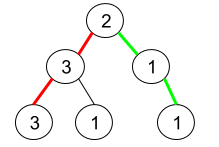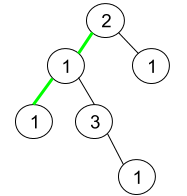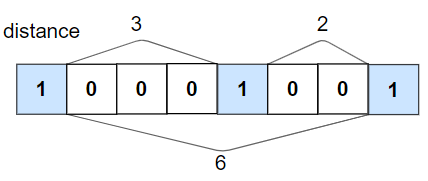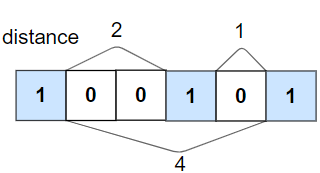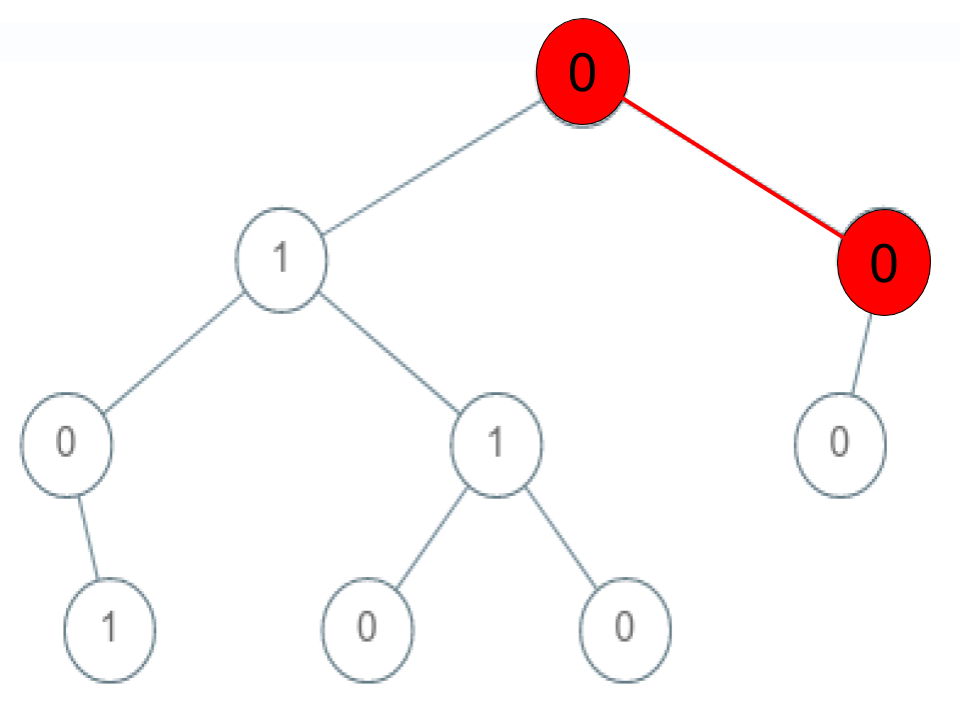1458. Max Dot Product of Two Subsequences
Given two arrays nums1 and nums2.
Return the maximum dot product between non-empty subsequences of nums1 and nums2 with the same length.
A subsequence of a array is a new array which is formed from the original array by deleting some (can be none) of the characters without disturbing the relative positions of the remaining characters. (ie, [2,3,5] is a subsequence of [1,2,3,4,5] while [1,5,3] is not).
Example 1:
Input: nums1 = [2,1,-2,5], nums2 = [3,0,-6] Output: 18 Explanation: Take subsequence [2,-2] from nums1 and subsequence [3,-6] from nums2. Their dot product is (2*3 + (-2)*(-6)) = 18.
Example 2:
Input: nums1 = [3,-2], nums2 = [2,-6,7] Output: 21 Explanation: Take subsequence [3] from nums1 and subsequence [7] from nums2. Their dot product is (3*7) = 21.
Example 3:
Input: nums1 = [-1,-1], nums2 = [1,1] Output: -1 Explanation: Take subsequence [-1] from nums1 and subsequence [1] from nums2. Their dot product is -1.
Constraints:
1 <= nums1.length, nums2.length <= 500-1000 <= nums1[i], nums2[i] <= 1000
给定两个数组,问从这两个数组中选出两个长度相同的子序列,使得子序列的向量点积最大,求这个最大值。
难题,参考讨论区解法: https://leetcode.com/problems/max-dot-product-of-two-subsequences/discuss/648261/C++Python-Simple-DP 。
假设dp[i][j]表示nums1[0:i]和nums2[0:j]的最大点积。则在求解dp[i][j]时,有以下四种情况:
- 不选nums1第i个数,dp[i][j]=dp[i-1][j]
- 不选nums2第j个数,dp[i][j]=dp[i][j-1]
- 既不选nums1第i个数,也不选nums2第j个数,dp[i][j]=dp[i-1][j-1]
- 既选nums1第i个数,也选nums2第j个数,dp[i][j]=dp[i-1][j-1]+nums1[i]*nums2[j]
在最后一个情况中,如果dp[i-1][j-1]<0的话,就把前面的点积都扔掉,相当于max(dp[i-1][j-1],0),完整代码如下:
class Solution {
public:
int maxDotProduct(vector<int>& nums1, vector<int>& nums2) {
int m = nums1.size(), n = nums2.size();
vector<vector<int>> dp(m + 1, vector<int>(n + 1, INT_MIN));
for (int i = 1; i <= m; ++i) {
for (int j = 1; j <= n; ++j) {
dp[i][j] = max(dp[i][j], dp[i - 1][j]);
dp[i][j] = max(dp[i][j], dp[i][j - 1]);
dp[i][j] = max(dp[i][j], dp[i - 1][j - 1]);
dp[i][j] = max(dp[i][j], max(dp[i - 1][j - 1], 0) + nums1[i - 1] * nums2[j - 1]);
}
}
return dp[m][n];
}
};本代码提交AC,用时96MS。
